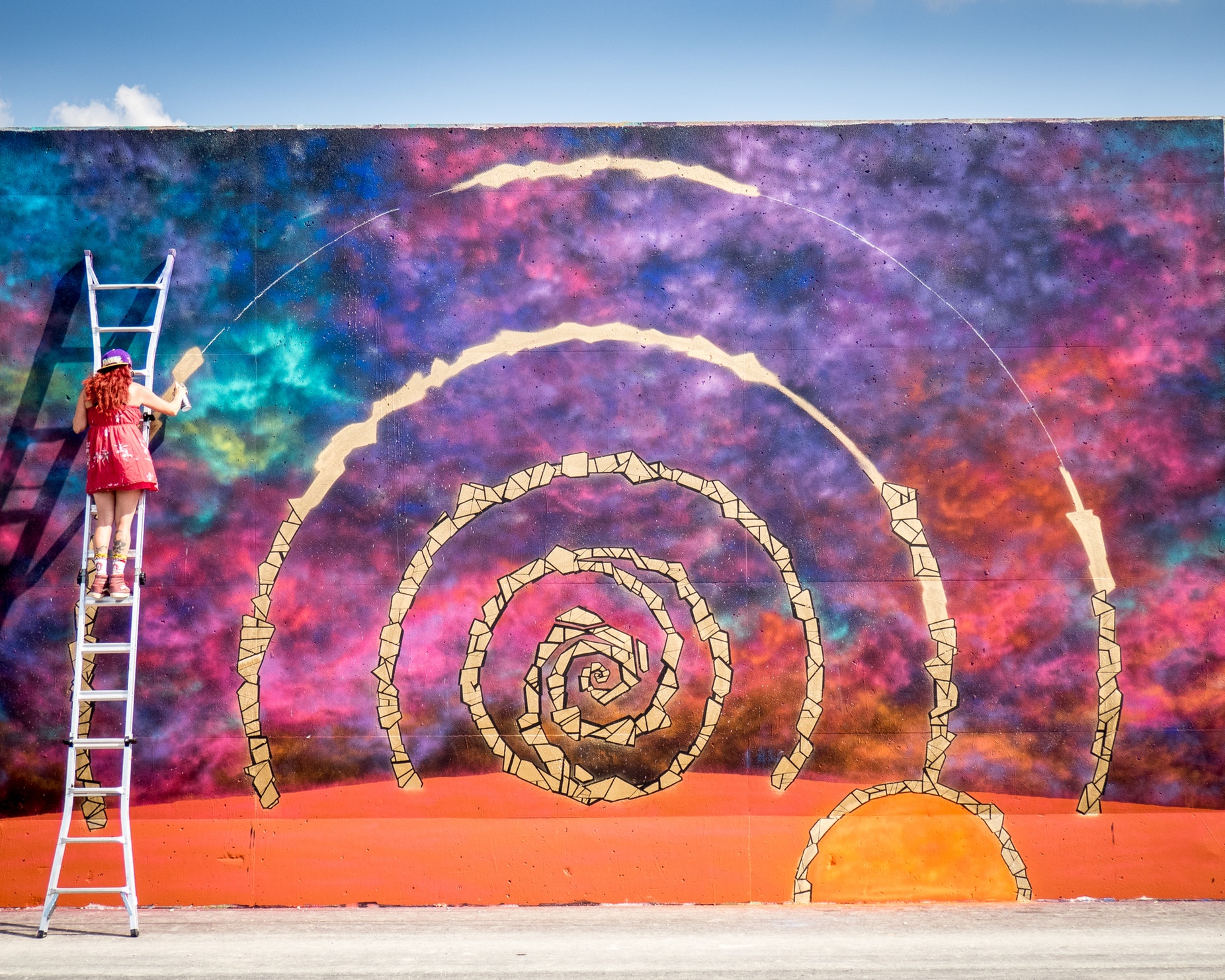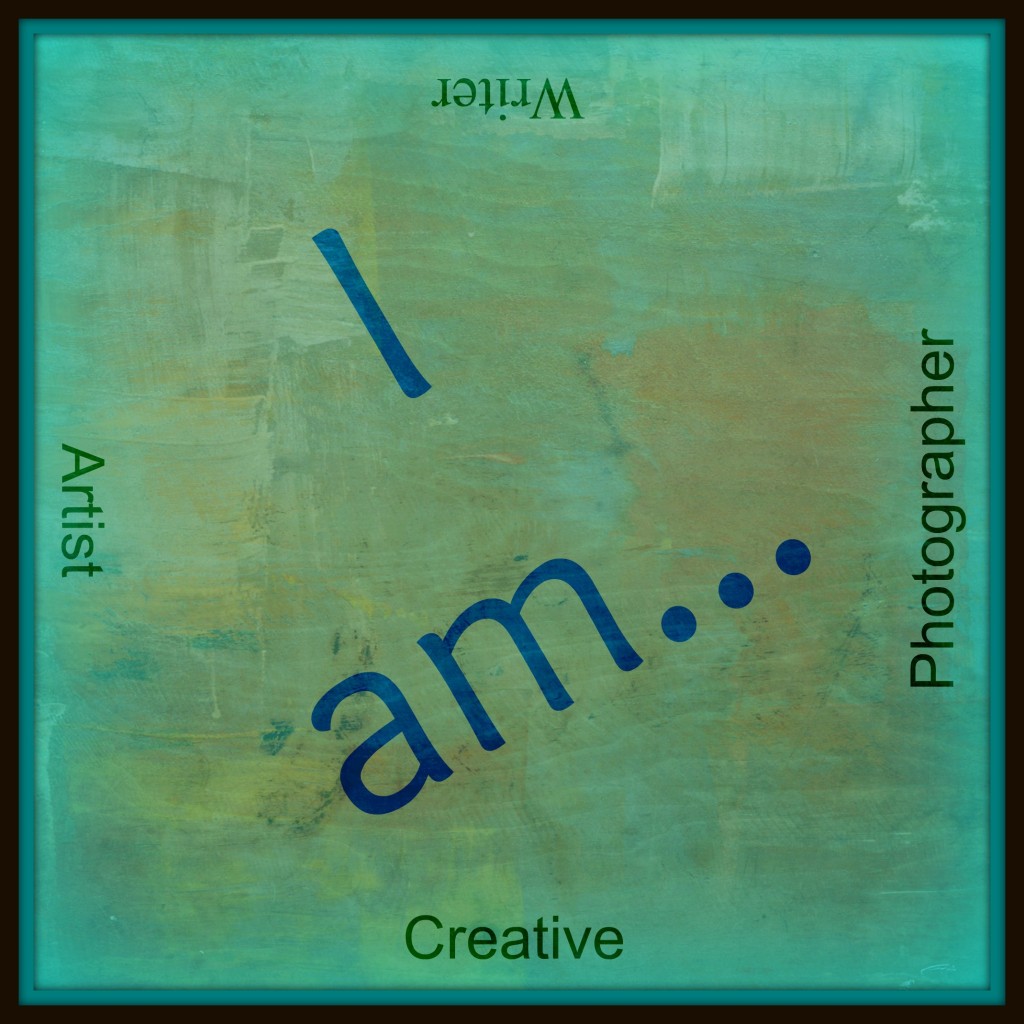
Life goes in circles. Or cycles. Maybe spirals, spreading out but still bringing you close to places you've already been as you move through the curves. I am finding myself curving back to my creative work, to coaching and teaching other creatives and sharing ideas with them.
A couple of years ago, I thought I was done with coaching. My mother had died not long before, my beloved kitty was very sick, we were moving, and then my old office closed, and I returned to public school teaching as a substitute after months of classes and tests to renew my license. It was a busy, emotional time, and I didn’t have the capacity to do anything more.
I stopped teaching writing classes. I stopped blogging. I focused on being an English teacher, but I never stopped thinking about coaching and working with creatives. I didn’t have time to do anything about it, though, so I didn’t let myself think too long. Until lately. You really can't keep your creative dreams buried forever, you know. Mine are reminding me of that right now. Â
I haven't been coaching or blogging, but I've been writing and taking writing classes, and making art, and I even got to go on a couple of small retreats. And I sometimes give advice and encouragement to friends about their creative work. And I miss helping people with their writing and art and their creative lives. So I’m back, and I’m really excited about it.
I'm not only returning to coaching, I’m returning to my coaching roots. I’ll be offering some general creativity workshops in addition to my writing classes, because before I focused solely on working with writers I was a creativity coach, and I deeply believe that we all need to be connected to and working with our creative side to get the most out of life. Plus, I paint and art journal and embroider--I am multi-creative, and I want to share that, too, and help people discover what fills their wells and feeds their muses.Â
A couple of things I won't be returning to--newsletters and a blog schedule. I mostly say everything I want to say on the blog. I'll have the option of letting people get updates via email, so it's not like I won't be in touch. I'll have an announcement list for when I have classes and events coming up at some point, but not a regular newsletter.
As for the schedule--that's just not me. "I must blog every Monday, Wednesday, and Friday." It makes me feel constrained, and that's not how I want my creative life to be! So I'll blog as I have things to say (which might be pretty often because I usually have a lot to say). Sometimes more often, sometimes less. This is what feels good to me right now, this is what feels easy, and that's what I want to be about.
I'll be opening up coaching spots in the fall.  Before all that, I’m going to offer a few free coaching sessions to help me shake the dust off, so keep an eye out for those. I hope to hear from you soon. You’ll definitely be hearing from me.







